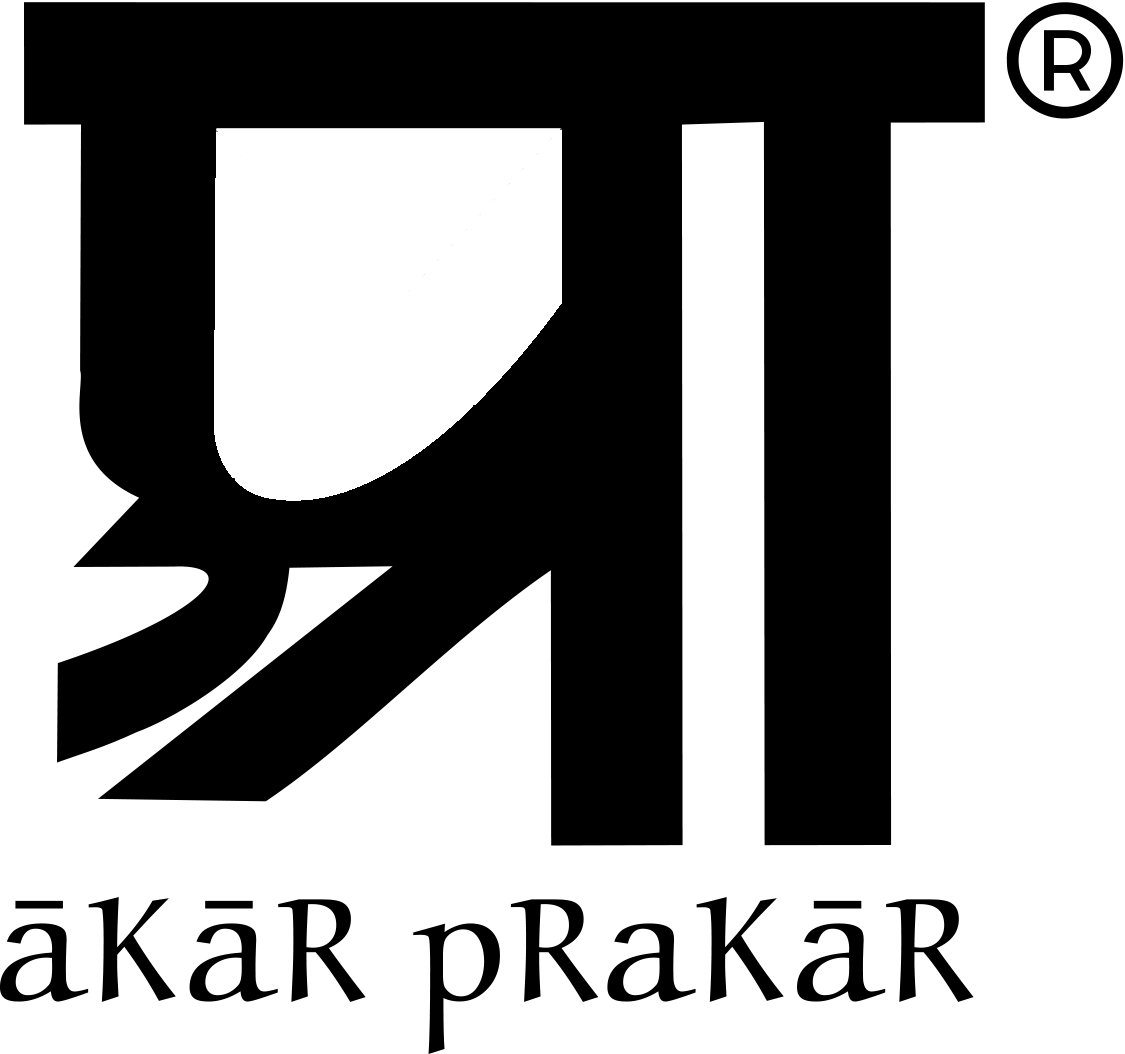Through the Eyes of the Curator
by Georgina Maddox
In the second installment on sculptor Meera Mukherjee, the co-curator Dr. Georg Lechner writes to us about his experience of putting up the show in 2012 and his memories of Meera as an artist. Dr. Lechner also co organised Meera’s show in Mumbai held at Jehangir Art Gallery in 1983, under the aegis of the Goethe Institute. In this article we have shared rare photos from her catalogue from 1983 and some images of the 2012, Buccheim museum catalogue titled ‘Purity of Vision’ and published by Mapin, and AkarPrakar.
The Meera Mukherjee exhibition was held at the Buchheim Museum, near Munich, Germany. It was held by Akar Prakar and Buccheim museum in association with the ICCR, New Delhi, and the IndienInstitut and was part of the ‘Festival of India, Germany -- Connecting Cultures’ which had taken off all over Germany for the period 2012-13.
Here we have Dr Georg Lechner’s take on artist Meera Mukherjee, seen through his eyes, based on an interview by Georgina Maddox, For AkarPrakar.
When I first met Meera Mukherjee in March 1966 in Kolkata, I was 32, she was 43 years old. She had just come back from one of her German trips and was temporarily employed by the library of the Max Mueller Bhavan (to bridge over a period of meager income, I guess).
She was a totally independent woman with no husband or children attached and lived only for her work as a sculptress. To have chosen bronze as her material was a double challenge, one being the price of this metal, the other being its heaviness. Meera ignored both and her work covered the whole range of tradition, modernity, everyday life and the unlimited space of the artist’s imagination. The size varied from the huge Ashoka (which can be seen at the ITC Maurya Sheraton, New Delhi) and the yet larger seated Buddha, at the Goodricke tea estates of Badamtam, to the smaller daily subjects, which can be found in her work.
Meera’s works at the Buchheim Museum focused on the fact that she was a woman sculptor at a time of still largely male-oriented works which included all kinds of abstraction as a natural form of artistic expression.
The Buchheim Museum has a history of welcoming work with a background of Expressionism, the movement of a typically German intuition. Germany’s traditional link with India is time-honoured and needs no further explanation. So Meera’s Exhibition was a kind of homecoming.
As I said earlier, Meera’s sculptural work stood out for its embeddedness in both the tradition and its modern outlook. Indian sculpture has over the centuries and millennia been steeped in the temple tradition of that country and had never been a freelance enterprise.
When in the process of modernity, the arts liberated themselves from the bonds of age-long sacred bonds of temple services, and sculpture, too, ventured out into totally new areas. Women fully participated in this effort of modernization and Meera Mukherjee soon became one of the pioneers of contemporary sculpture in India.
Actually, the coming together and blending of traditional and modern casting techniques like the Dhokra casting was not that amazing. India had always been ready to draw from its own indigenous sources, past and present, rather than borrowing influences from outside. Meera's sculptures, if only looked at closely enough, could not but be Indian in the final analysis. With all the courageous in-roads and influences discernible in her work, none of her sculptures has ever overstepped that line that would have allowed any of her works to be any other than Indian. Unfortunately, this blog piece is not the place to go into a detailed description of this complex identity.
Bahu | Brass & Bronze | 42cm x 42cm | Uma Singh
It is difficult to separate the person from the work. One of the central characteristics of Meera's character is probably its straightforwardness and coherence. Any of her main lines of action are predictable in the best sense of the expression.
I have hopefully not spared my admiration and praise for Meera's work and life. But each course of life has its own pattern and direction. Even no two geniuses are ever quite the same. All my endeavour is best undertaken to come as near as possible to my chosen model and not tire too soon. Meera is there to pull me along, each one has to choose one’s own vision.
My advice to young artists is that I feel they should, first of all, make a daily effort to prove worthy of being a member of the artists' community and never really give up, lest they accept to be excluded from that noble and lasting companionship.
I remain fully aware of our special links that jump at any opportunity to have an exchange and have a tendency to ignore limits of any kind.”
Sculpture was considered the domain of ambitious male artists due to the medium, which is both challenging in its physicality as it is limitless in scope. However, for several decades, artists from across the world have ‘carved’ out a place for women working in contemporary sculpture. Meera Mukherjee (1923 - 1998), is one such important artist, in this Genre, from the Indian sub-continent.
Blind Companion | Brass & Bronze | 31cm x 35cm | Artists’ Collection






